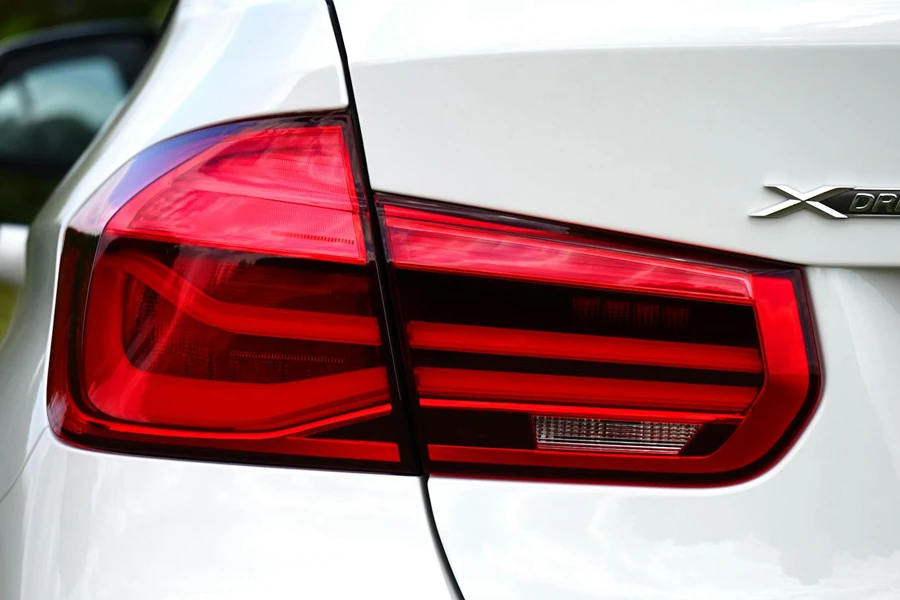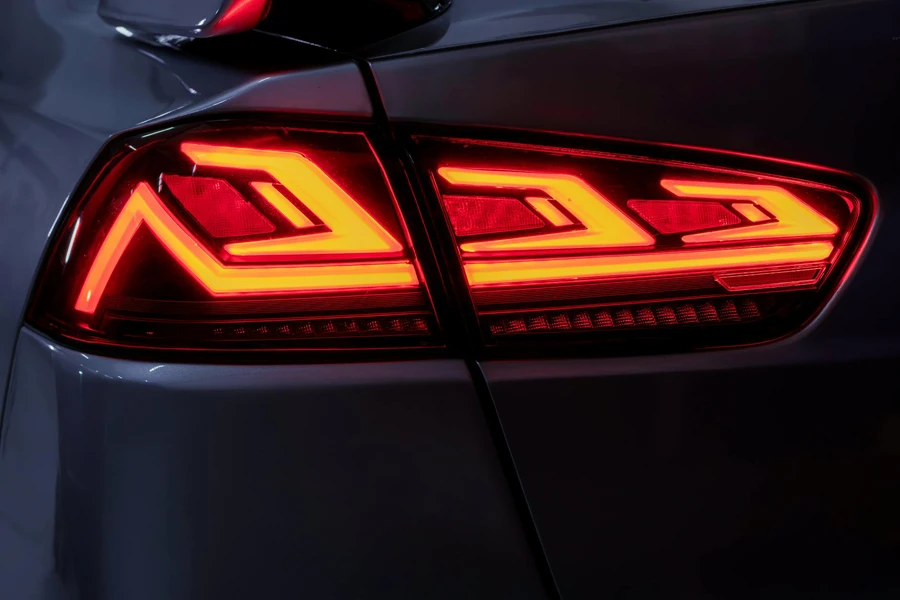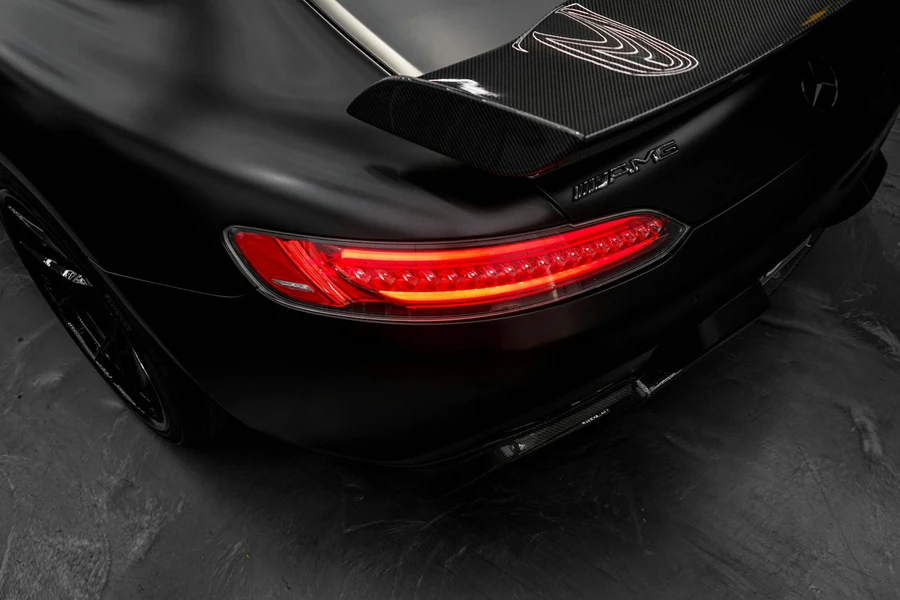Table of Contents
● Introduction
● Market overview
● Different types and their features
● Things to consider when selecting products
● Conclusion
Introduction
LED tail lights have become a vital component in modern vehicles, offering enhanced safety, durability, and efficiency. As the automotive industry evolves, understanding the market dynamics and key features of LED tail lights is crucial for business professionals and retailers. This guide delves into the current market trends, various types of tail lights, and essential considerations for selecting the best products. By exploring the latest innovations and market growth, stakeholders can make informed decisions to meet consumer demands and regulatory standards. The following sections provide an in-depth analysis of market insights, product features, and selection criteria for optimal vehicle performance.
Market overview

The global automotive tail light market was valued at USD 12.2 billion in 2022 and is projected to reach USD 22 billion by 2032, growing at a compound annual growth rate (CAGR) of 6%. This growth is driven by increasing consumer demand for sleek, lightweight, and functional vehicles. The rising popularity of LED tail lights, which are known for their energy efficiency and durability, is a significant factor contributing to market expansion. Additionally, innovations in automotive lighting technologies and enhanced safety features are propelling market growth.
Regionally, the Asia-Pacific excluding Japan (APEJ) and North America are the major markets for automotive tail lights. APEJ is expected to see substantial growth, with market value projected to exceed USD 6.5 billion by 2032, growing at a CAGR of 6.6%. This growth is attributed to the increasing automotive manufacturing facilities and rising consumer per capita income in the region. In North America, the market is poised to record a CAGR of 6.5% over the forecast period, driven by the adoption of advanced lighting systems and safety regulations. The market’s growth in Europe is anticipated to expand at a CAGR of 4.8%, supported by technological advancements and increased vehicle production.
Different types of tail lights

LED tail lights
LED tail lights are characterized by their superior efficiency and longevity. They use semiconductor diodes that emit light when an electrical current passes through them, consuming about 75% less energy compared to traditional incandescent bulbs. With a lifespan of up to 50,000 hours, LEDs significantly reduce the need for replacements. They offer high luminous efficacy, often exceeding 100 lumens per watt, and operate effectively in a wide range of temperatures, from -40°C to 85°C. LED tail lights are also versatile, commonly used in brake lights, turn signals, and rear fog lights due to their rapid response time, which enhances vehicle safety.
Fibre optic tail lights
Fibre optic tail lights utilize strands of optical fibre to transmit light from a single source to the tail light assembly. This technology provides uniform and bright illumination, which is crucial for visibility. Fibre optics are often coupled with LED or laser light sources, offering a balance between high efficiency and minimal power consumption. These lights can operate at around 90% efficiency, meaning most of the energy is converted into light rather than heat. The system’s complexity and the cost of good quality optical fibres contribute to their higher price, but they are highly valued for their ability to create intricate light patterns and enhance vehicle aesthetics.
HID tail lights
HID (High-Intensity Discharge) tail lights are known for their intense brightness and long lifespan. They work by creating an electric arc between two tungsten electrodes inside a quartz tube filled with xenon gas and metal halide salts. This process produces a bright, white-blue light with a color temperature ranging from 4,000K to 6,000K, which closely resembles natural daylight. HID lights are highly efficient, converting about 35-40% of electrical energy into visible light, and have a lifespan of approximately 2,000 to 3,000 hours. However, they require a ballast to regulate the electrical current and maintain stability, which adds to the complexity and cost of the system.
Halogen tail lights
Halogen tail lights are the most traditional type, using a tungsten filament enclosed in a glass capsule filled with halogen gas. When an electrical current heats the filament, it produces light. Halogen bulbs operate at a higher temperature and pressure than standard incandescent bulbs, providing a brighter light output. They typically produce light with a color temperature of around 3,000K, giving a warm yellowish glow. Halogen bulbs have an average lifespan of about 500 to 1,000 hours and are less efficient than LEDs and HIDs, converting only around 5-10% of energy into light. Despite their lower efficiency, they are inexpensive and easy to replace, making them a common choice in older vehicles and budget models.
Things to consider when selecting products

Size and fit
Selecting the correct size and fit for tail lights is crucial for proper installation and functionality. Tail lights that do not fit correctly can lead to gaps, misalignment, and potential malfunction. Accurate measurements are necessary to match the tail lights with the vehicle model. For example, LED tail light assemblies often come in various dimensions, typically measured in millimetres for precision. An improper fit can cause issues with water ingress, leading to electrical shorts or reduced visibility.
Color output
The color output of tail lights significantly impacts safety and visibility. Tail lights typically operate at specific wavelengths to ensure optimal visibility. For example, red LED tail lights usually emit light at a wavelength of around 620-750 nm, which is easily noticeable in low-light conditions. Brighter outputs, measured in lumens, enhance visibility but can also increase the cost. Tail lights with higher lumens (e.g., 300-600 lumens for LED brake lights) offer better illumination and faster response times, which is critical for safety.
Performance and durability
Performance and durability are key considerations when selecting tail lights. LED tail lights, for instance, have a lifespan of up to 50,000 hours and operate efficiently at temperatures ranging from -40°C to 85°C. This is due to their solid-state construction and lack of filaments, which are prone to failure in traditional bulbs. HID lights, known for their high-intensity discharge, operate by creating an electric arc between tungsten electrodes. They typically produce a luminous efficacy of 90-100 lumens per watt and have a lifespan of 2,000-3,000 hours. Ensuring the lights have proper IP ratings (e.g., IP67) can also ensure protection against dust and water ingress.
Wattage
The wattage of tail lights affects both brightness and the vehicle’s electrical system. LED tail lights generally consume between 5-20 watts, significantly lower than traditional halogen bulbs, which can consume 25-50 watts. Lower wattage not only reduces the load on the vehicle’s electrical system but also enhances fuel efficiency. For instance, LEDs with a power consumption of 10 watts can deliver similar brightness to a 50-watt halogen bulb, making them more efficient and sustainable.
Type of light: Halogen, HID, or LED
When choosing between halogen, HID, and LED tail lights, it’s essential to understand the technical differences. Halogen bulbs, operating at a temperature of around 3,000K, provide a warm light but are less efficient, converting only about 10% of energy into visible light. HID lights, with a color temperature ranging from 4,000K to 6,000K, offer a brighter, more daylight-like appearance but require a ballast for operation, increasing their complexity and cost. LEDs, with color temperatures between 5,000K to 6,500K, provide the best energy efficiency, converting up to 90% of energy into light and offering superior durability and performance.
Price
Balancing quality with affordability involves considering the total cost of ownership, including initial purchase price, energy consumption, and longevity. While LEDs and fibre optics are more expensive upfront, their longer lifespan and lower energy consumption can lead to cost savings over time. For example, an LED tail light might cost twice as much as a halogen bulb but last five times longer, resulting in lower replacement costs and reduced energy usage. Comparing the cost per lumen or per hour of operation can provide a clearer picture of value for money.
Conclusion

Selecting the right LED tail lights is crucial for ensuring vehicle safety, efficiency, and longevity. As market trends indicate a significant shift towards more advanced and durable lighting solutions, understanding the technical specifications and benefits of different types of tail lights becomes essential. The continuous innovation in LED technology, coupled with its energy efficiency and long lifespan, makes it a preferred choice for modern vehicles. By carefully considering factors such as size, color output, performance, wattage, and overall cost, business professionals can make informed decisions that align with market demands and enhance vehicle functionality.



